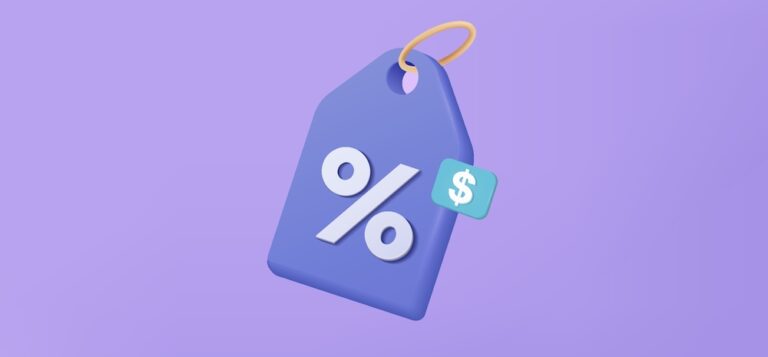Wondering how to prioritize offers on your property? Our real estate experts pulled together some advice for you. Learn what you should look at to determine how strong an offer is.
Best Case Scenario
Here are the elements that make up a very strong offer:
- Highest offer of all buyers
- Offers short contingency periods
- All-cash buyer
- Down payment of at least 20% of the purchase price
Highest Price
If you find yourself evaluating multiple offers, you should always consider the highest price first. If there’s lots of competition for your home, it’s recommended that you dismiss lowball offers and don’t offer buyers a second chance to submit a higher price. Instead, prioritize offers that came in with higher prices and consider doing multiple counters if it makes sense to do so.
The Appeal of Shorter Contingency Periods
Contingencies are a standard part of the purchase contract that allow a buyer to back out of the deal and still retain their earnest money deposit. Buyers typically have a contingency period of 10-18 days to review inspection reports and disclosures. Their lender also has an opportunity to review the appraisal, title, and other documents needed to approve the buyer’s loan during this time.
If the buyer is not satisfied with the condition of the property or their loan is not approved, they can back out of the contract and the deal can fall apart. That’s why a shorter contingency period benefits sellers. The faster a buyer can complete their reviews and obtain a loan, the better.
All Cash Buyer
Buyers who will purchase the home in cash don’t need to be approved for a loan. This makes the buyer less risky and, therefore, a “stronger buyer.”
20% Down Payment
Well-qualified buyers who put down at least 20% of the home’s purchase price in cash are considered by lenders to be lower-risk borrowers. As a result, these buyers are a lower risk for sellers. If a buyer defaults on his mortgage payments, the bank can seize the home and resell it. If the buyer had put down 20% of the property’s value in cash, then the loan was for only 80% of the home’s value. That means the bank can re-sell the home quickly by lowering the price by 20% and still break even on the deal.
It is up to the seller to decide how to weigh each of these factors into his decision. For example, a preapproved buyer who offers to put down 15% in cash may not be as appealing as a cash buyer, unless the buyer with 15% down is offering to pay a significantly higher purchase price than the cash buyer.



